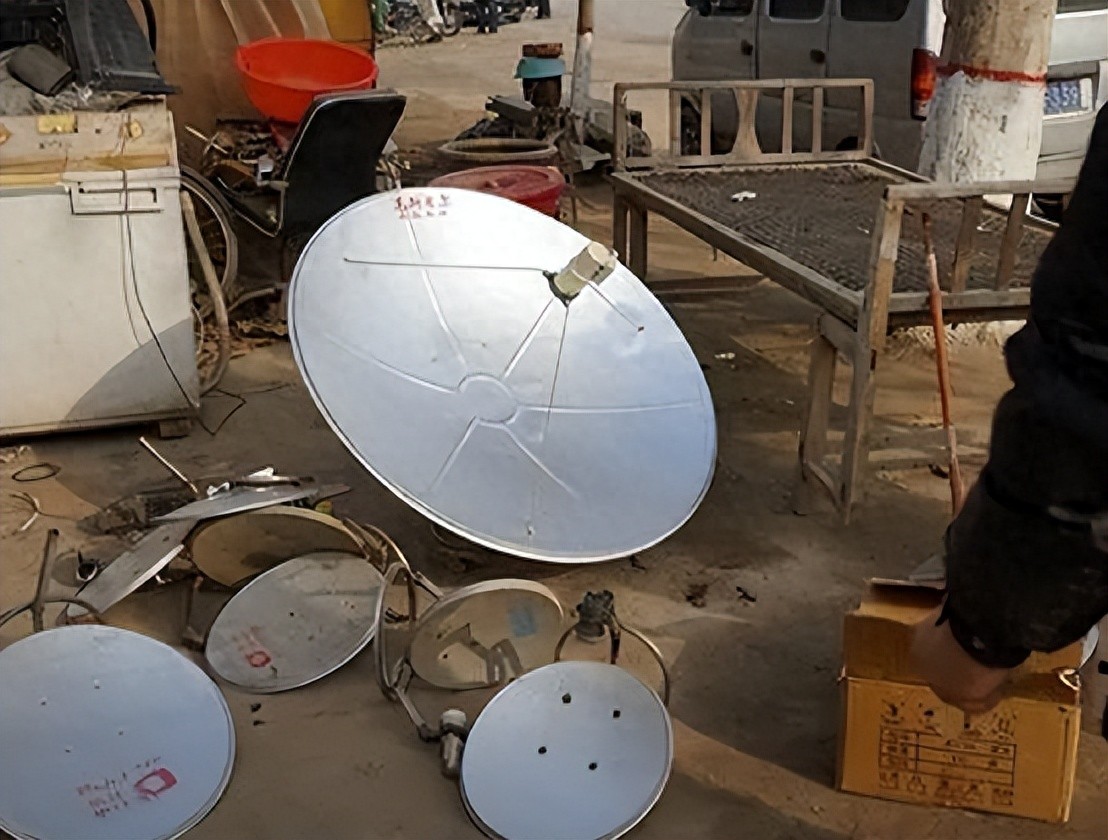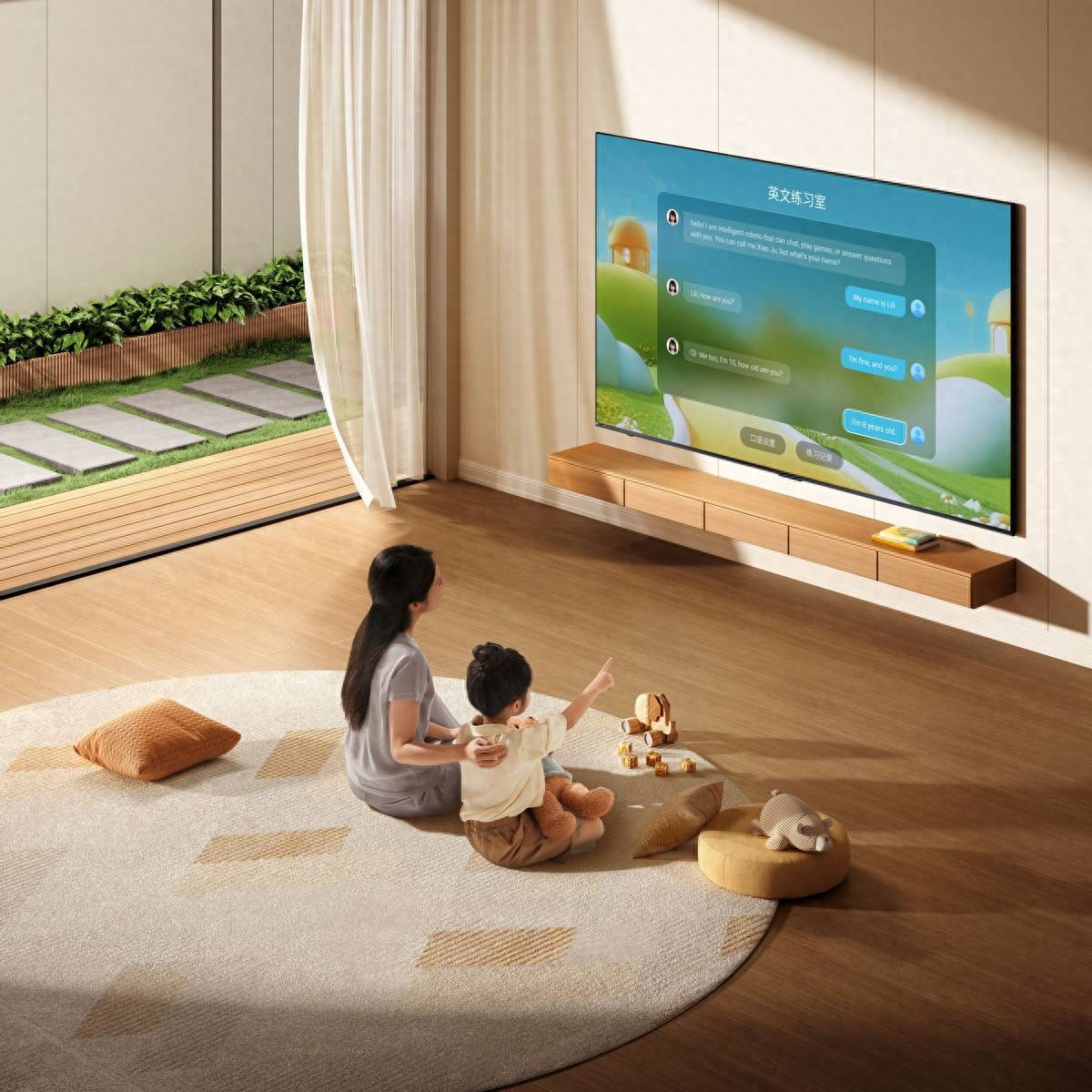Technology brand
When charging, should you plug in the phone or the charger first? These incorrect charging methods w
In today's digital age, mobile phones have become an indispensable part of people's lives. Whether it is waking up in the morning to check the weather and news, communicating and collaborating with colleagues at work, or watching TV series and playing games in your spare time, mobile phones are always with you. And the amount of power on the mobile phone is like an invisible thread, tightly holding the hearts of many people. Take office worker Xiao Li as an example. Every morning before going out, he always habitually checks the power of his mobile phone. If the power is not full, he will feel inexplicably uneasy, as if he has no confidence for the whole day. When he is out on business, if the power of his mobile phone is less than 50%, he will start looking for a place to charge. The anxiety is like a lack of water in the desert. It can be seen that the power of mobile phones is really a "life-threatening" issue for many people in modern society.
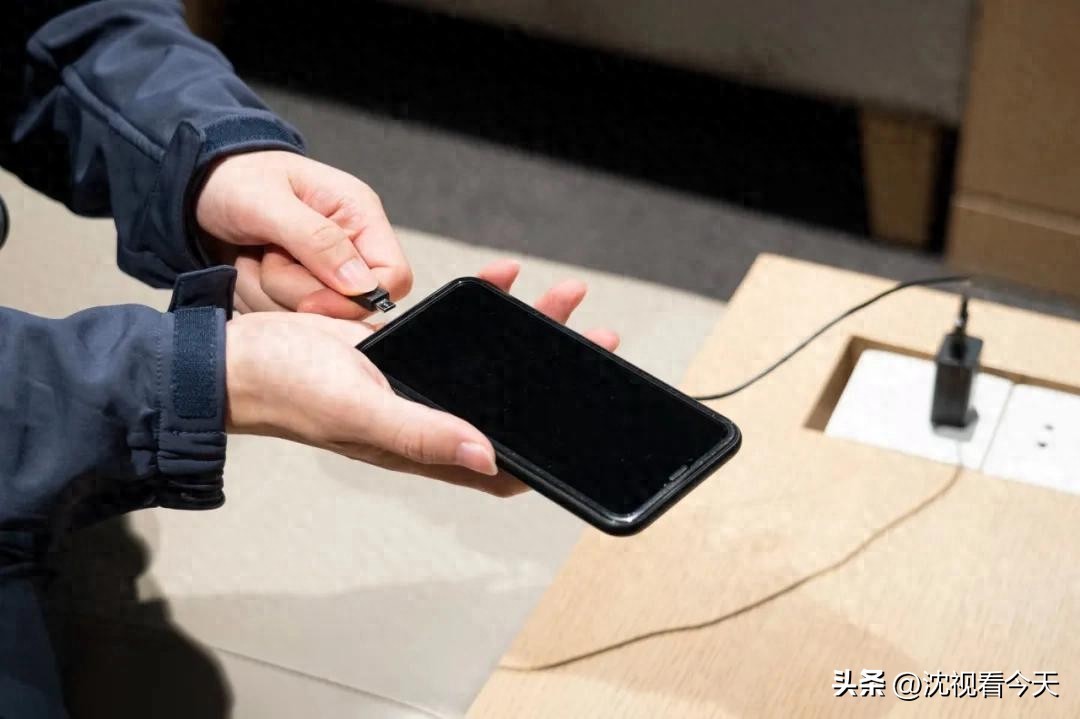
People's strong demand for mobile phone charging has also made the mobile phone charging market very lively, with all kinds of novel gimmicks emerging one after another. Walking in the sales area of technology products, you will see merchants vigorously promoting wireless charging technology. Imagine that on a quiet afternoon, you only need to gently place your mobile phone on the wireless charging plate, without the cumbersome plugging and unplugging of the data cable, the mobile phone will start to charge silently. Doesn't that sense of convenience make people feel that the power of technology is really magical? There is also double-speed charging, which is a blessing for those who are in a hurry. When you are in a hurry to go out and your mobile phone has little power left, double-speed charging can quickly replenish the power of your mobile phone in a short time, so that you no longer have to worry about insufficient power. In addition, high-energy power banks that can be used for a week are also very popular. When traveling or on a business trip, bringing such a power bank is like having a mobile "power station". No matter where you go, you don't have to worry about your mobile phone running out of power.
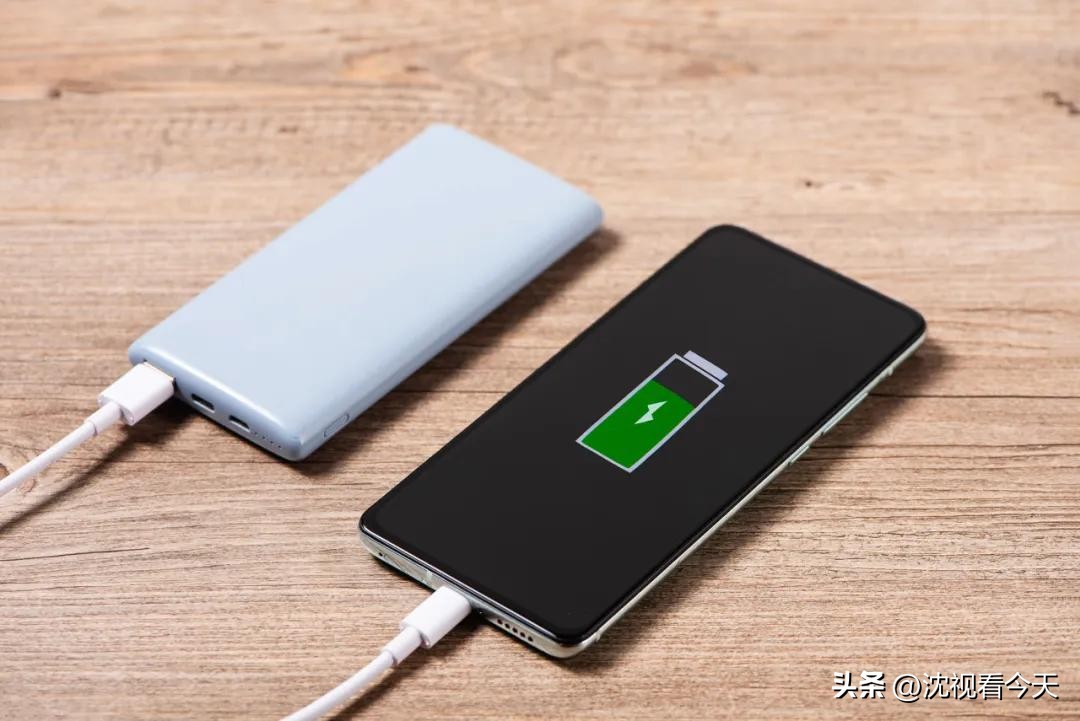
However, faced with these dazzling charging gimmicks, many people are confused. What is the correct way to charge a mobile phone? This has become a common question in everyone's mind.
Does the mobile phone have to be fully charged?
There are always some seemingly plausible statements circulating on the topic of mobile phone charging. Among them, I believe many people have heard of the view that "charge your mobile phone after it runs out of power, and fully charge it every time, so that it is beneficial to battery maintenance, and charging it at any time will affect the battery life." In the past, some digital product forums even had heated discussions on this issue. One side insisted that fully charging and discharging is the best way to care for the battery, while the other side said that there is nothing wrong with charging at any time. Both sides held their own opinions and argued endlessly.
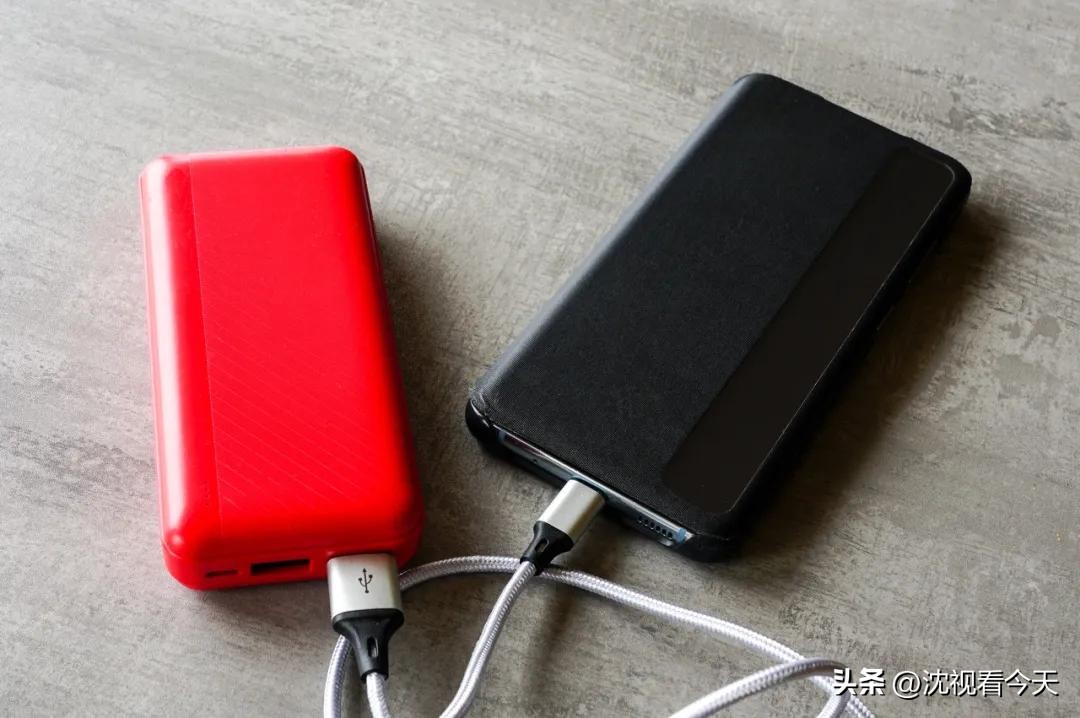
But in fact, these theories are already outdated. In the early years, the widely used rechargeable battery was the nickel-cadmium battery, whose raw materials were mainly nickel hydroxide and metallic cadmium. This battery has an obvious disadvantage, that is, it has a memory effect. Simply put, when you charge and power off the battery many times without exhausting or fully charging it, the battery seems to have a "memory", and it will regard the power at each charge and power off as the maximum and minimum power values respectively. Over time, the capacity of the battery will gradually decrease. For example, it is like a cup that can hold a cup of water, but because it is not filled up every time, the cup "remembers" this incomplete state, and slowly, it can hold less and less water.
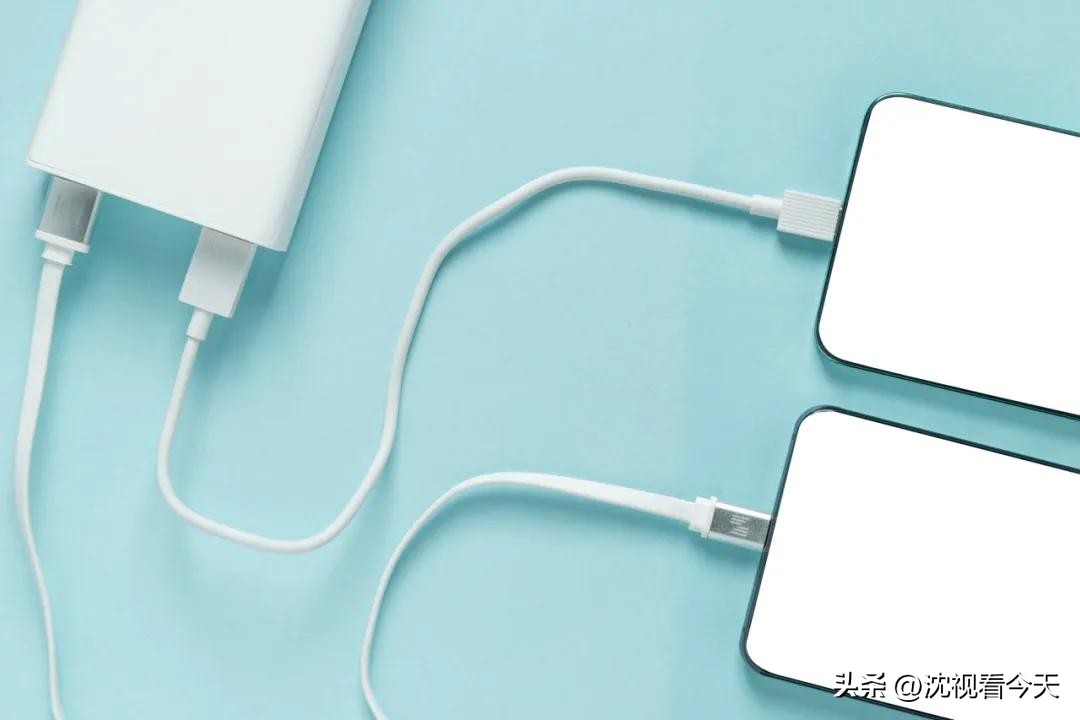
However, with the continuous advancement of technology, nickel-cadmium batteries have gradually withdrawn from the stage of history. Due to its heavy metal pollution, high weight, low energy density and other problems, it has now been replaced by lithium-ion batteries. Nowadays, most of the smartphones we use use lithium-ion batteries. Compared with nickel-cadmium batteries, lithium-ion batteries have many advantages. Among them, high energy density is a significant feature. Simply put, lithium-ion batteries can store more power in the same volume or weight. For example, for two batteries of the same size, nickel-cadmium batteries may only provide limited power, while lithium-ion batteries can make your phone last longer. Moreover, the memory effect of lithium-ion batteries is very weak. Even if you unplug the battery before it is fully charged, it will not cause any obvious impact on the battery.
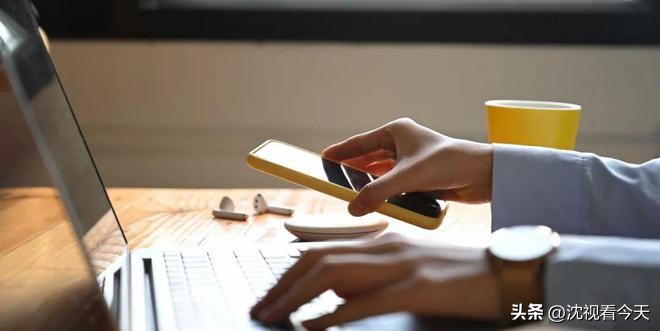
The precautions for lithium-ion batteries are exactly the opposite of those for nickel-cadmium batteries. For lithium-ion batteries, do not wait until they are out of power before charging, do not overcharge, and do not need to perform deep charging and discharging every time. This is because the life of lithium-ion batteries is related to the charging cycle. Every time 100% of the power is used, it is equivalent to completing a cycle. The more cycles, the more obvious the decline in battery life. A study of 11 lithium-ion batteries showed that after 250 cycles, the battery capacity will significantly decay. After 300-500 cycles, the battery capacity will drop to 80% of the original capacity.
What is the principle behind this? According to some data, when lithium-ion batteries are deeply charged and discharged, the material structure of the positive and negative electrodes will be damaged. Lithium-ion batteries mainly rely on the movement of lithium ions between the positive and negative electrodes to work, just like a busy traffic artery where lithium ions shuttle back and forth. However, once deep charging and discharging destroys the material structure of the positive and negative electrodes, it is equivalent to the road of this traffic artery becoming narrower, and there is less space to accommodate the movement of lithium ions, so the battery capacity will also be correspondingly lower. Therefore, compared to "full charge and discharge", "multiple small charges" is more suitable for the current charging habits of mobile phones.
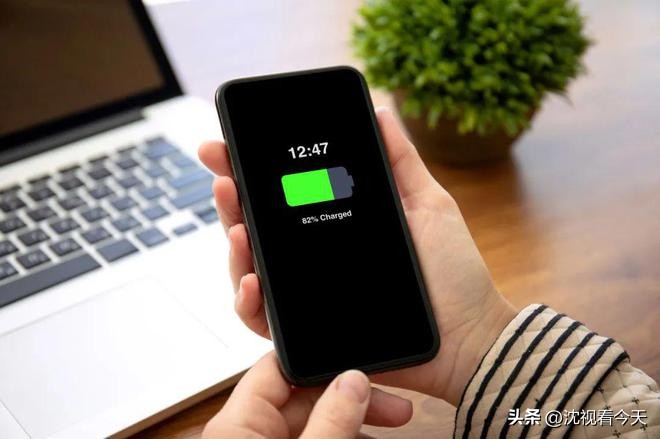
In addition to the power before and after charging, another issue that is easily overlooked also affects the battery life.
Should I plug in the phone or the charger first?
When charging a mobile phone, a seemingly insignificant detail may have an important impact on the mobile phone battery, that is, the order of plugging and unplugging when charging. Should you plug the plug into the power supply first, then connect the data cable to the mobile phone, or connect the data cable to the mobile phone first, then plug the plug into the power supply? The answer is the former.
Many people may be confused. They are both charging, so what impact can such a subtle difference have? Here we need to introduce a knowledge point about electricity. We all know that the voltage of electricity used by Chinese residents is 220V, but the voltage of mobile phone chargers is often within 5V. When charging a mobile phone, the charger is like a "voltage converter". It converts high-voltage current into low-voltage direct current through a transformer, and then transmits it to the mobile phone.
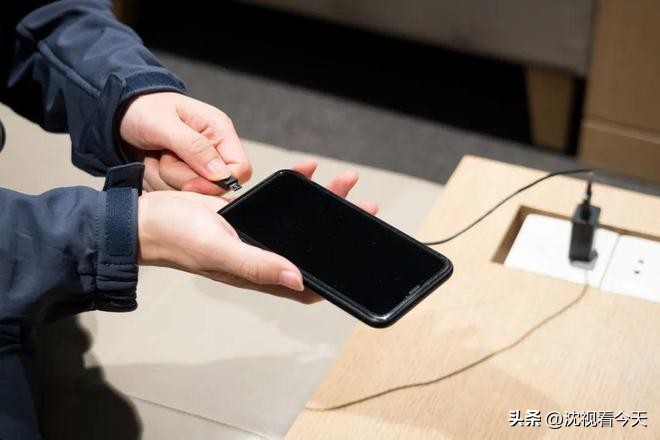
At this time, if you connect the charger to the phone and then plug it into the power supply, it is equivalent to directly connecting the phone to the power supply. In this case, surge voltage may be output. Surge, also known as surge, refers to an instantaneous overvoltage that exceeds the normal working voltage. Have you ever had this experience? When plugging and unplugging the switch, you will see a flash of bright sparks. This is mostly a surge phenomenon. Although the surge time is very short, only one millionth of a second, it can cause considerable damage to the mobile phone battery in the long run. On the other hand, if you plug the plug into the power supply first, the charger is already in the on state, and the voltage it outputs has stabilized at about 5V, so there is little surge voltage. Unless the current itself is unstable. Therefore, in order to protect the mobile phone battery, when charging, we should plug in the charger first and then connect the mobile phone.
After charging, should I unplug the phone or the plug first?
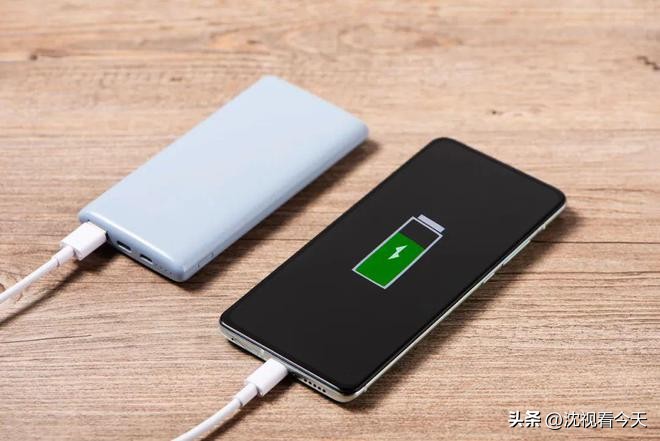
When the phone is fully charged, a new question arises: should you unplug the phone first or the plug first? The answer is to unplug the phone first. This is because when you unplug the charger, a reverse instantaneous current will be generated, and this current will accelerate the aging of the battery.
The principle may seem complicated, but it is not difficult to remember the correct order of plugging and unplugging. You can try to treat the charger, charging cable and socket as one. When charging, the phone is "closed" like a child nestling in the arms of its mother; when fully charged, the phone is "abandoned". By following this order, you can protect the phone battery to the greatest extent and make it safer.
Power banks are also affected by the “charging cycle”
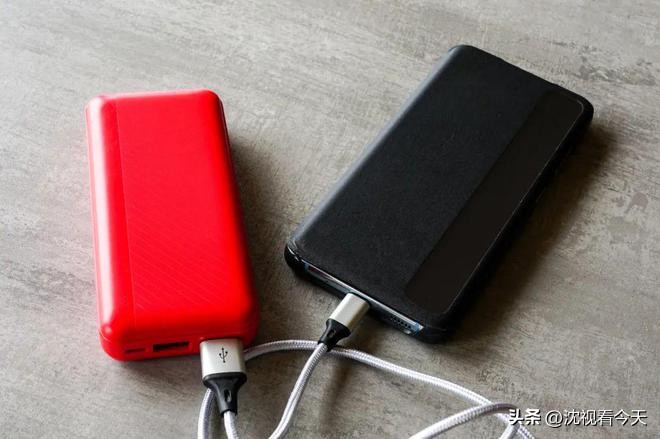
In today's fast-paced life, many people carry power banks with them in case they can't find a socket when they go out. Power banks are like a small "savior". A small mobile power source can keep the phone running normally. Whether traveling or on the way to get off work, when the phone is low on power, power banks can always lend a helping hand in time.
But there are also many gimmicks and misunderstandings about power banks. At present, there are many power banks on the market that claim to be 20,000 mAh. Let's take a look at the battery capacity of mobile phones. Most mobile phones, even the flagship version, have a battery capacity of less than 5,000 mAh. Some "nail household" products in the early years even had a pitiful 2,000-3,000 mAh. According to this comparison, if you buy a 20,000 mAh power bank, wouldn't a family of three not have to worry about the phone running out of power for two days? However, when you really buy it back and use it, you will find that it will run out of power after less than two charges. Is it a false propaganda by the merchant? In fact, the merchant played a word game here.
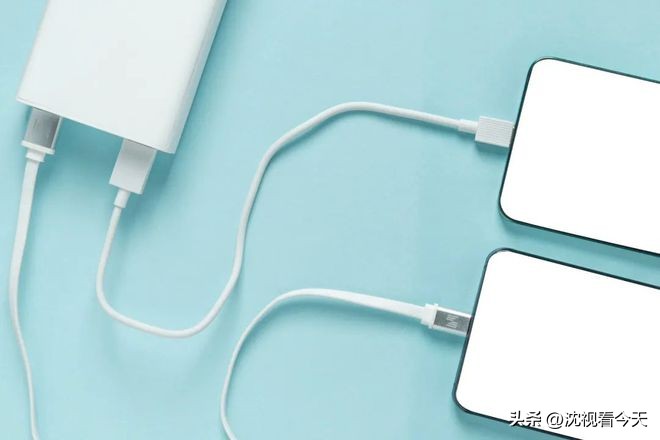
The capacity marked by the merchant is mostly the capacity of the battery itself, that is, the sum of the power of multiple lithium-ion batteries in the battery. However, due to the loss of power during the conversion process, the effective power that the power bank can provide to the mobile phone is definitely lower than this data. If you want to know how many times the power bank can really be used, you have to carefully read the small print in the manual: rated capacity. This is the minimum discharge capacity tested in the laboratory. A media outlet once conducted a special evaluation. Those power banks that claim to have a capacity of 20,000 mAh can actually have a capacity difference of up to 4,000 mAh between the largest and the smallest. This 4,000 mAh is enough to fully charge most mobile phones.
It should be noted that since power banks also use lithium-ion batteries, their lifespan is also affected by the charging cycle. Therefore, just like charging mobile phones, power banks also recommend "multiple small charges" rather than "full charge and discharge".
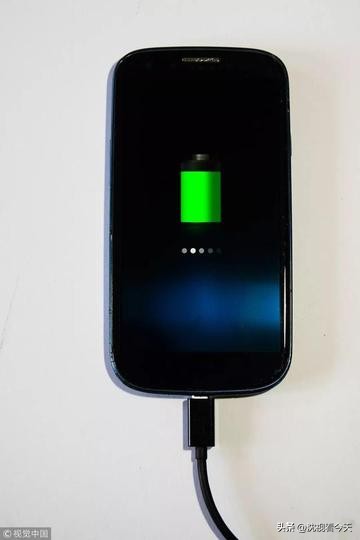
How to charge correctly?
If the use of a mobile phone is likened to a wooden barrel, then the power is probably the shortest plank. In daily use, the charging method we think is correct may not be correct.
1. Can’t you use different charging cables and chargers?
When buying a mobile phone, it used to be customary to give away a matching charging device. But in recent years, some manufacturers have stopped giving away chargers in the name of environmental protection, which means we can only buy them ourselves. However, the prices of chargers on the official website are often relatively high, so many people will choose cheaper ones. After all, charging equipment itself is a consumable item. If you are not careful, your pet at home may bite the charging cable and make it unusable. This also leads to many people using the charging cable, charger and mobile phone for a short time, and then they are no longer a complete set.
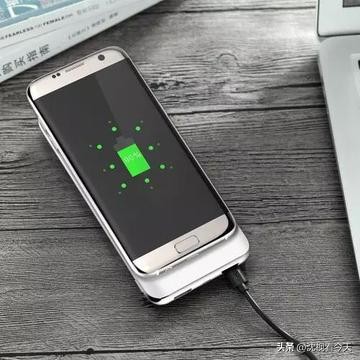
As a result, many rumors came out. Some people said that an incompatible charger would cause a short circuit in the battery and affect its service life. But in fact, this statement obviously underestimates the charger. The charger usually has a smart chip inside, which can identify the current and voltage required by the mobile phone and adjust it accordingly. For example, if you buy a fast charging head, but the mobile phone does not support fast charging, the fast charging head will automatically adjust to the input power suitable for the mobile phone. Some people complain that the fast charging head does not work, and this is actually the principle.
However, when buying charging equipment, you should try to identify regular brands and not buy knockoff products. After all, the configuration of knockoff chargers is difficult to guarantee, and it is very likely that they will not be able to identify the current and voltage required by the mobile phone, thus damaging the mobile phone.
2. Don’t want to charge while playing?
In daily life, many people have the habit of charging while playing. Some people think that charging while discharging the battery will affect the battery life. In fact, what really affects the battery life is the sudden rise in temperature caused by charging while playing. I believe everyone has this experience: when playing high-configuration games or using fast charging, the phone will get hot.
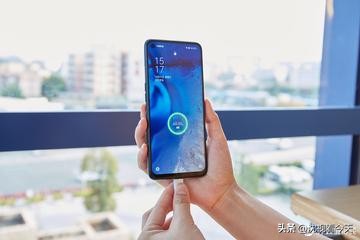
A survey shows that even if you don't use your phone, the temperature rise will still accelerate the reduction of battery capacity. So, for the safety of the battery, it is best not to let it "multitask".
In addition, you should also be careful not to buy a too thick protective case for your phone. There are many fancy protective cases on the market, and they do look good, but not every one is suitable for mobile phones. Like computers and other devices, mobile phones also need to dissipate heat. If you wrap it tightly and use heat-insulating materials, it will only make the phone look like it has no scratches on the outside, but the inside will have been damaged.
In order to avoid high temperatures, you should also pay attention not to put your phone next to your pillow or in the sun before going to bed. This action protects not only the phone, but also yourself.
相关文章
- When the wall falls, everyone pushes it: South Korea's first lady was exposed for having an affair,
- How much money can a soldier get after retiring from the military? Three things you should never do
- Cefuroxime and alcohol, just go! In addition to Cefuroxime, these 5 medicines should not be taken wi
- Why do Chinese people no longer care about when their GDP will surpass that of the United States? Ne
- Stop charging your phone all night! After reading this, remember to unplug it before going to bed →
- Several key points to pay attention to when buying a TV, a guide to buying a 75-inch TV!
- Why do cherries that traveled across the ocean not go bad? Why do they go bad when I bring them home
- When I enlist in the spring of 2025, can I choose my military branch? Which military branch should I
- Is there a big difference between vivo X100s and vivo X200? Which one should I choose?



